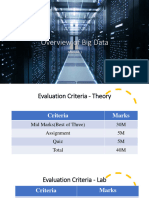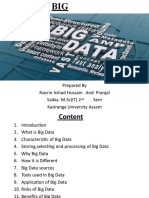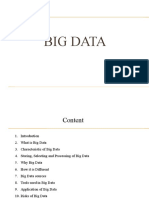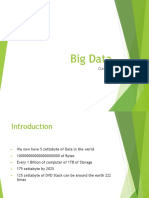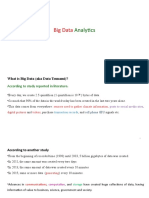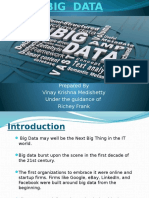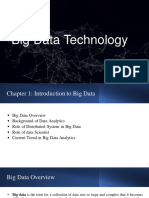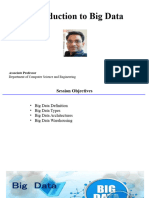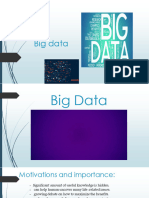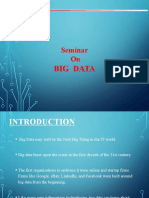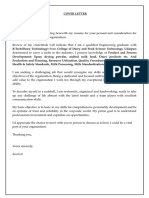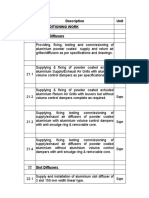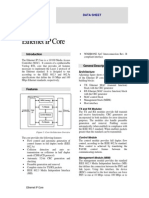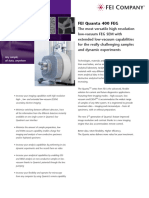0% found this document useful (0 votes)
73 views51 pagesPrepared By: Asmita Deshmukh
The document discusses big data, including its characteristics of volume, velocity, and variety. It covers topics such as storing, selecting, and processing big data as well as tools used for big data and its future.
Uploaded by
kau vikhankarCopyright
© © All Rights Reserved
We take content rights seriously. If you suspect this is your content, claim it here.
Available Formats
Download as PPTX, PDF, TXT or read online on Scribd
0% found this document useful (0 votes)
73 views51 pagesPrepared By: Asmita Deshmukh
The document discusses big data, including its characteristics of volume, velocity, and variety. It covers topics such as storing, selecting, and processing big data as well as tools used for big data and its future.
Uploaded by
kau vikhankarCopyright
© © All Rights Reserved
We take content rights seriously. If you suspect this is your content, claim it here.
Available Formats
Download as PPTX, PDF, TXT or read online on Scribd
/ 51



